A Primer on Japanese Homoerotic Manga
If you step into a major comics shop like Animate in Ikebukuro, you'll soon stumble upon piles of seemingly LGBT-themed manga, with covers more or less explicitly alluding to a romance between boys. But are those volumes really created for a homosexual male audience? Actually, the answer might surprise you!
By Diletta FabianiSo What About 'Real' Homosexual Manga?
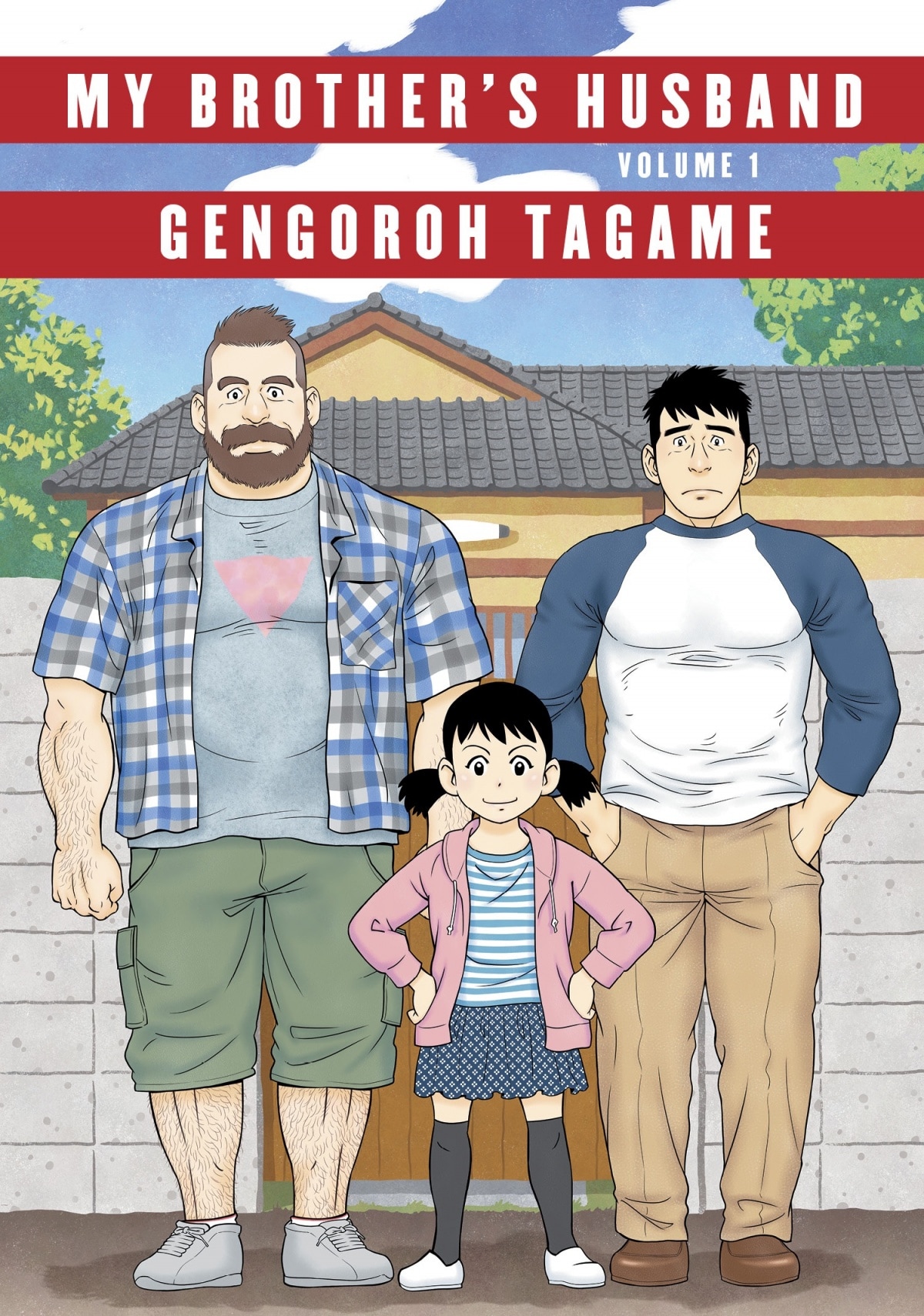
https://www.amazon.com/Brothers-Husband-Pantheon-Graphic-Novels/dp/1101871512/ref=sr_1_1?ie=UTF8&qid=1492874485&sr=8-1&keywords=Gengoroh+Tagame
While undoubtedly some members of the LGBT community will find these categories of manga appealing, one has to keep in mind when reading that, in most cases, the audience is the equivalent of a shojo manga fan base, with the relative aesthetic, tropes and stereotypes. However, gay and lesbian comics also exist, both inside and outside Japan.
Concerning Japanese manga, comics targeting a male audience are called bara (a term that in regular Japanese can also mean "rose"), gei comi or Men's Love (ML), and they are often created by gay or bisexual male artists. Thus, bara manga often includes more contemporary and autobiographical elements when compared to BL works, sometimes linked to the authors' own experiences—including the discrimination that one may face as a homosexual male in Japan.
The portraying of the characters is also quite different. Rather than the ephebic, bishonen characters typical of BL, common characters include big, muscular men (a type called kuma, meaning bear) who might even display body hair, something that's rarely seen in BL. A great example can be found in the image above, a cover by Gengoroh Tagame, considered one of the masters of the genre.
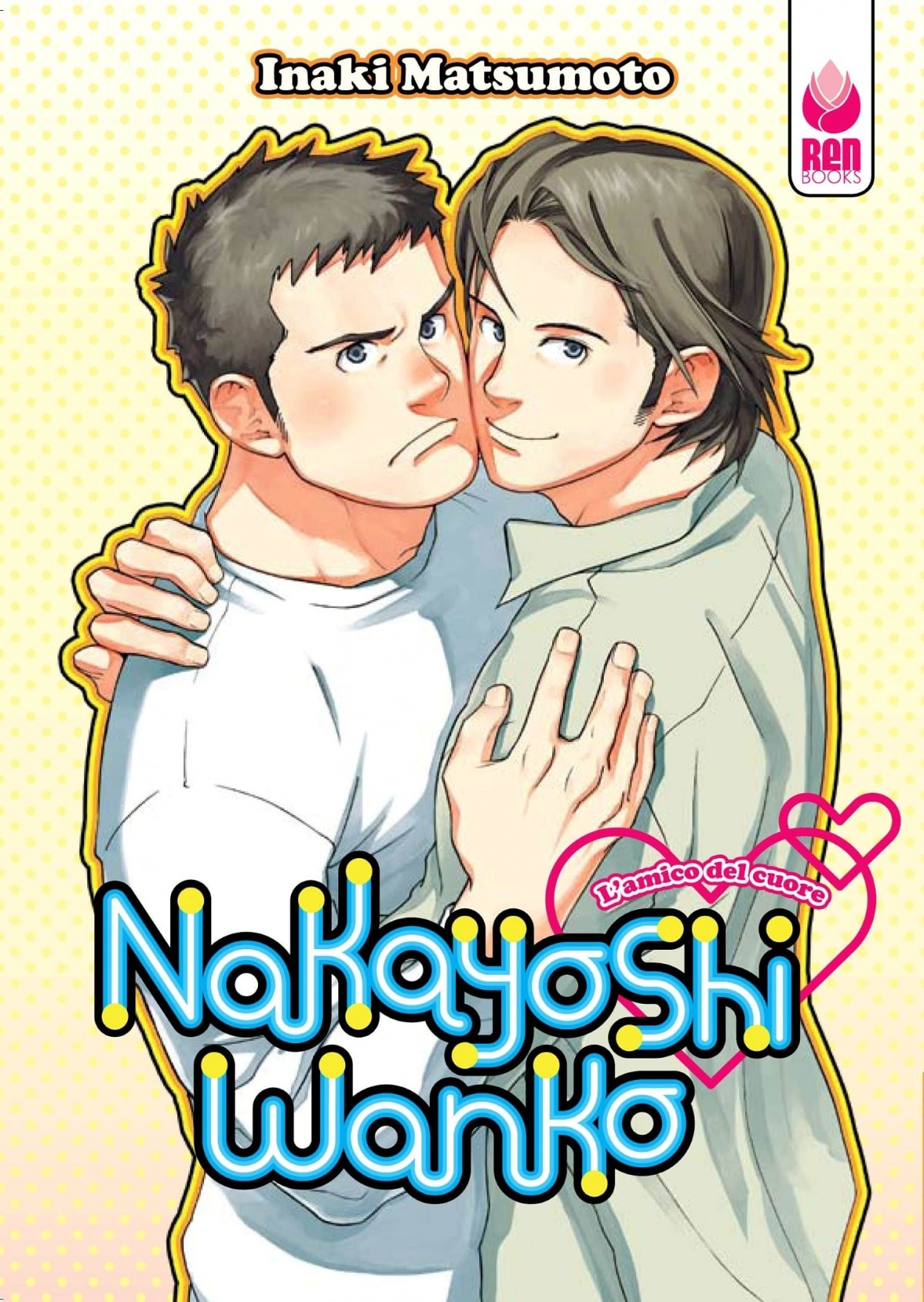
https://www.amazon.com/%E3%81%AA%E3%81%8B%E3%82%88%E3%81%97%E3%82%8F%E3%82%93%E3%81%93-%E3%82%A2%E3%82%AF%E3%82%A2%E3%82%B3%E3%83%9F%E3%83%83%E3%82%AF%E3%82%B9-%E3%82%AA%E3%83%BC%E3%82%AF%E3%83%A9%E3%82%B3%E3%83%9F%E3%83%83%E3%82%AF%E3%82%B9/dp/4775509039
A bridge between the two worlds is often seen in the so-called gachi-muchi sub-genre of BL. Gachi-muchi comes from the union of two words, gacchiri meaning muscular and muchi muchi meaning chubby, and it indicates BL manga featuring bulky, buff body types, sometimes even created by male artists. While gachi-muchi BL is still mainly drawn for women, it has attracted the attention of some members of the LGBT community, if anything for being more abundant on the market in comparison to ML, which is an even more of a niche genre. Nakayoshi Wanko by Inaki Matsumoto is a one such manga.
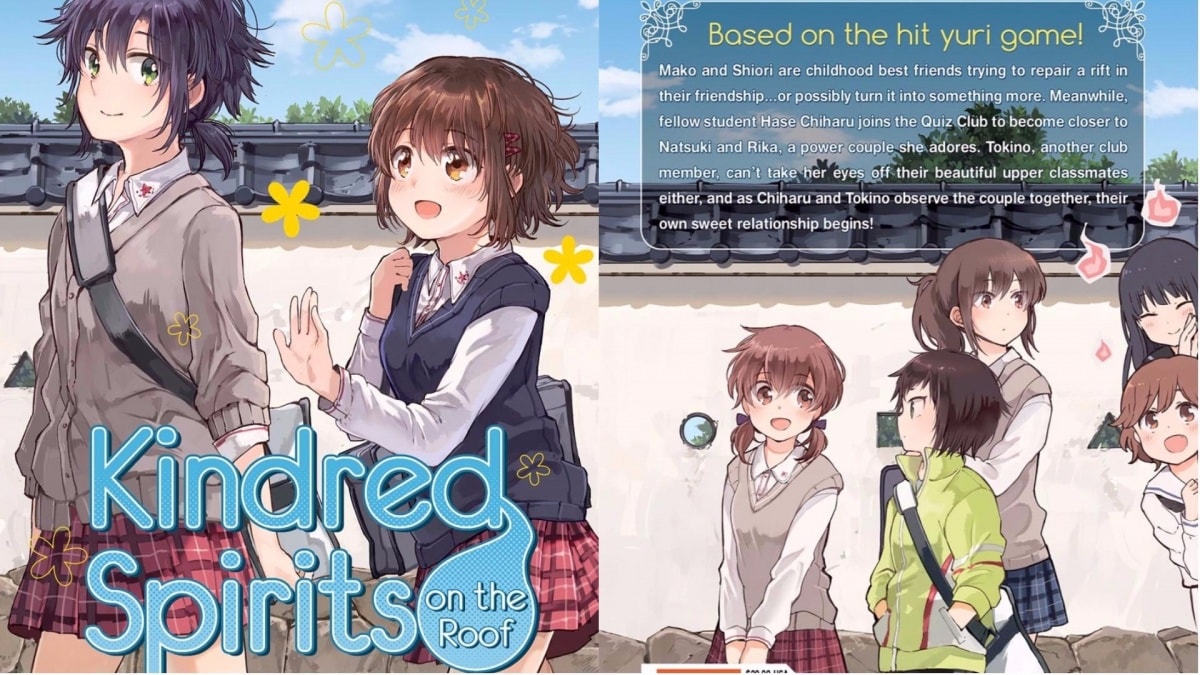
https://www.amazon.com/Kindred-Spirits-Roof-Complete-Collection/dp/1626924686/ref=sr_1_3?ie=UTF8&qid=1493092876&sr=8-3&keywords=yuri+manga
Lesbian comics make up an even smaller piece of the market, with the first lesbian-oriented magazines appearing only in the late 90s. Some argue that given the very limited audience, much of the lesbian manga—often published in lesbian magazines—embrace the aesthetic and situations that might also appeal to males in order to boost sales.
However, the division between yuri manga and lesbian manga seem to be less clear than the one between BL manga and bara manga. This might be due to the fact that the small lesbian audience often mixes with other categories. In the early 70s, lesbian women were also among the readers of gay magazines where the term yuri is said to originate from, and the lesbian couples that first appeared in shojo manga, while created for girls, were not necessarily intended for a specific audience in terms of sexuality.
Transgender, Bisexual & Transvestite Comics
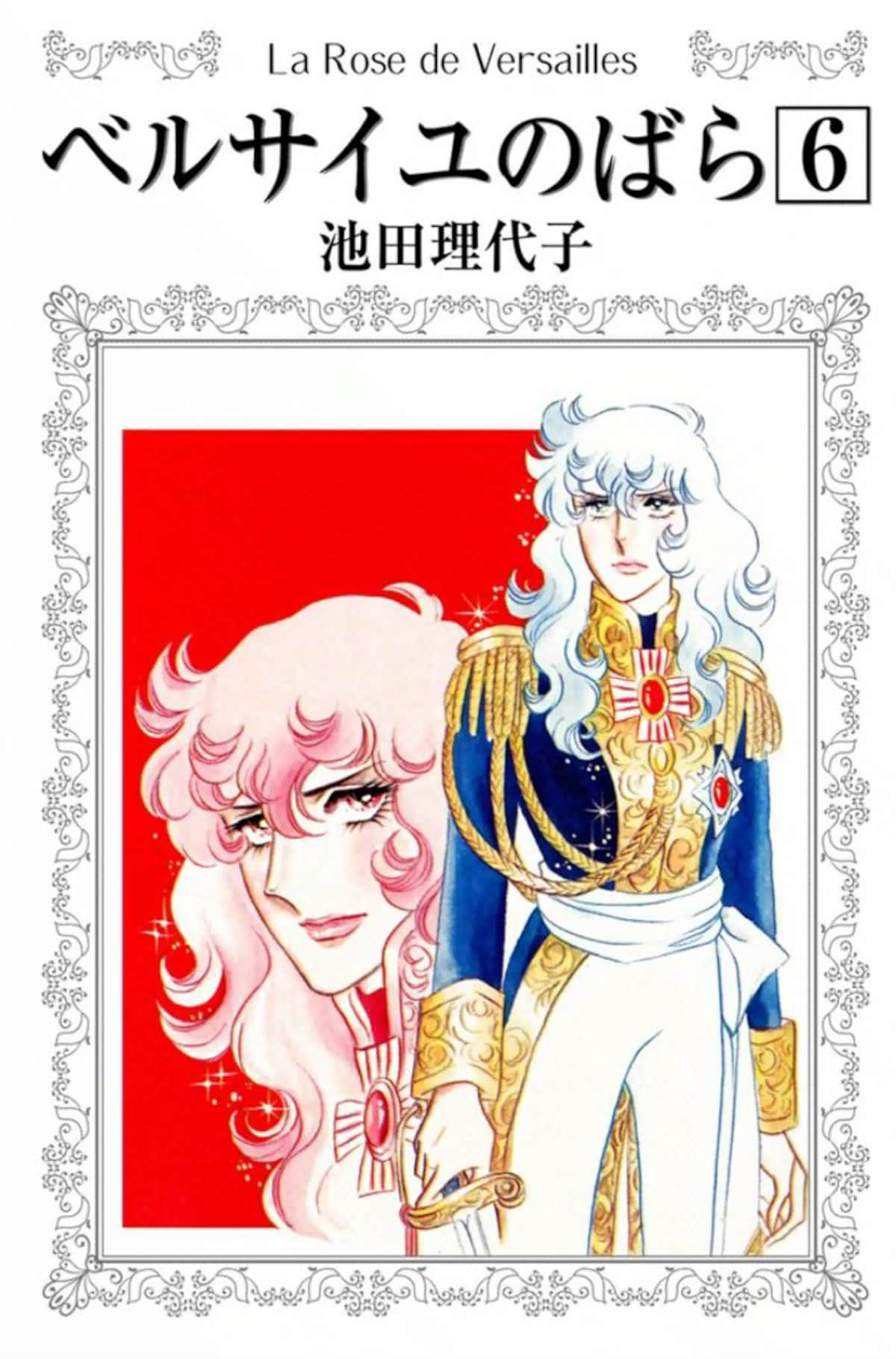
https://www.amazon.com/Rose-Versailles-Margaret-Comics-ISBN/dp/4088501373/ref=sr_1_2?s=books&ie=UTF8&qid=1492876837&sr=1-2&keywords=rose+of+versailles+6
Transgender and bisexual characters seem to appear less often in homoerotic publications, with the bisexual characters being slightly more common, even though often only one side of their sexuality is shown. While such characters might appear in BL or GL manga, they usually cover minor sidekick roles.
However, it's not uncommon for characters to deal with transvestism to a certain degree, as girls dressing as and/or presenting to be boys or vice versa is a relatively common topic in both BL and GL manga. One famous example being the widely popular The Rose of Versailles by Ryoko Ikeda, where the main character, Oscar François de Jarjayes (pictured above), is raised as a man by her father. She dresses as a man and covers roles reserved to men in the story’s historical period, the French Revolution, albeit identifying herself as a woman.
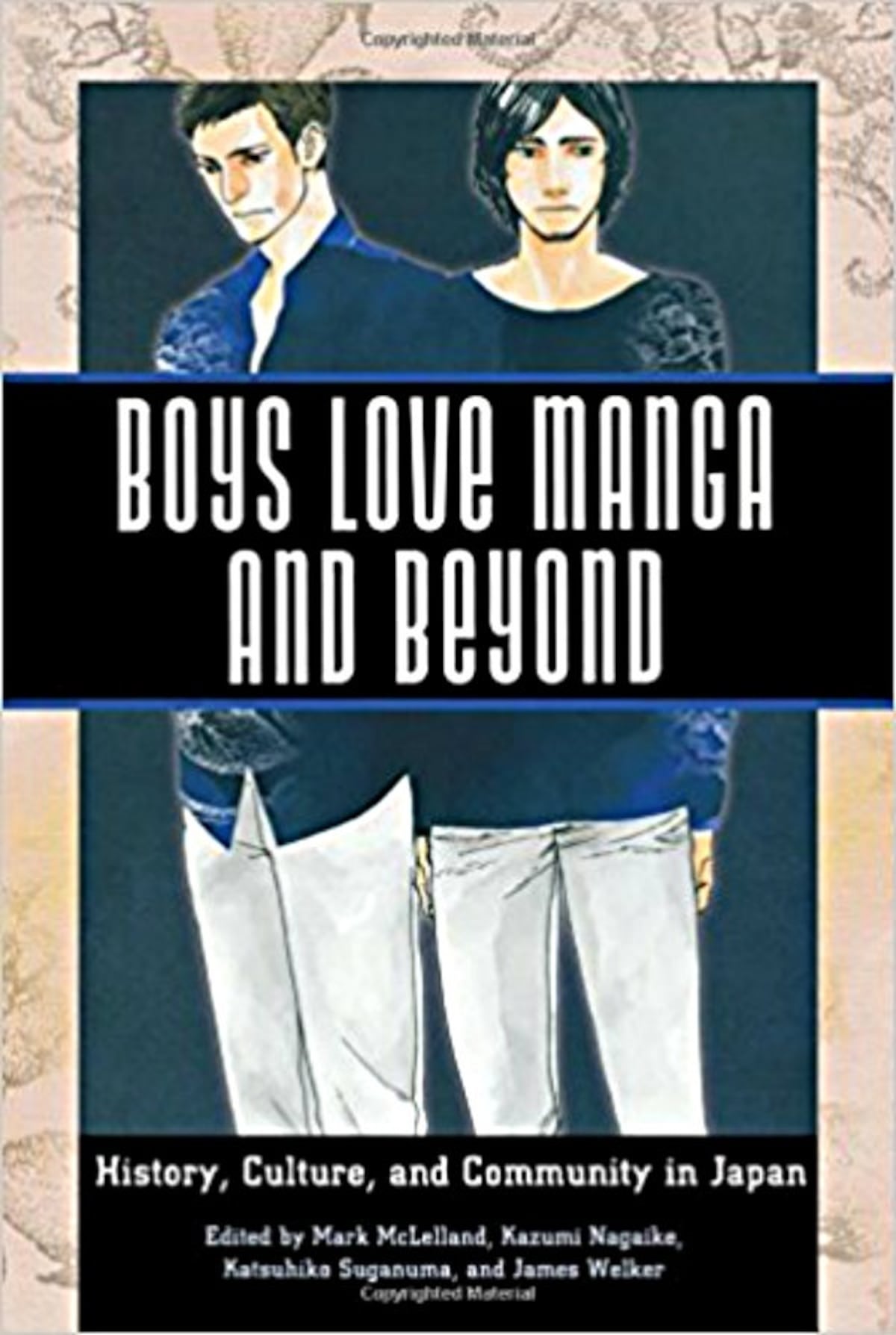
https://www.amazon.com/Boys-Love-Manga-Beyond-Community/dp/1628461195
To sum up, while the Japanese manga market has a relatively large share of homoerotic material, the audience it's intended for widely differs! While everyone is free to enjoy all kinds of portrayals of love, don’t be surprised if it’s easier to find a needle in a haystack rather than body hair in a yaoi manga…
This article was just a limited introduction to the highly complex world of homoerotic manga in Japan. If you want to learn more, here are some titles that could be interesting for you!
Boys Love Manga and Beyond: History, Culture, and Community in Japan, edited by Mark McLelland, Kazumi Nagaike, Katsuhiko Suganuma, James Welker (2015)
Male-Male Romance by and for Women in Japan: A History and the Subgenres of "Yaoi" Fictions, published by Akiko Mizoguchi in U.S.-Japan Women's Journal, No. 25 (2003)
"Straight" Women, Queer Texts: Boy-Love Manga and the Rise of a Global Counterpublic, published by Andrea Wood in Women's Studies Quarterly (2006)
Celebrating Lesbian Sexuality: An Interview with Inoue Meimy, Editor of Japanese Lesbian Erotic Lifestyle Magazine Carmilla by James Welker and Katsuhiko Suganuma, published in Intersections: Gender, History and Culture in the Asian Context 12 (2006).




